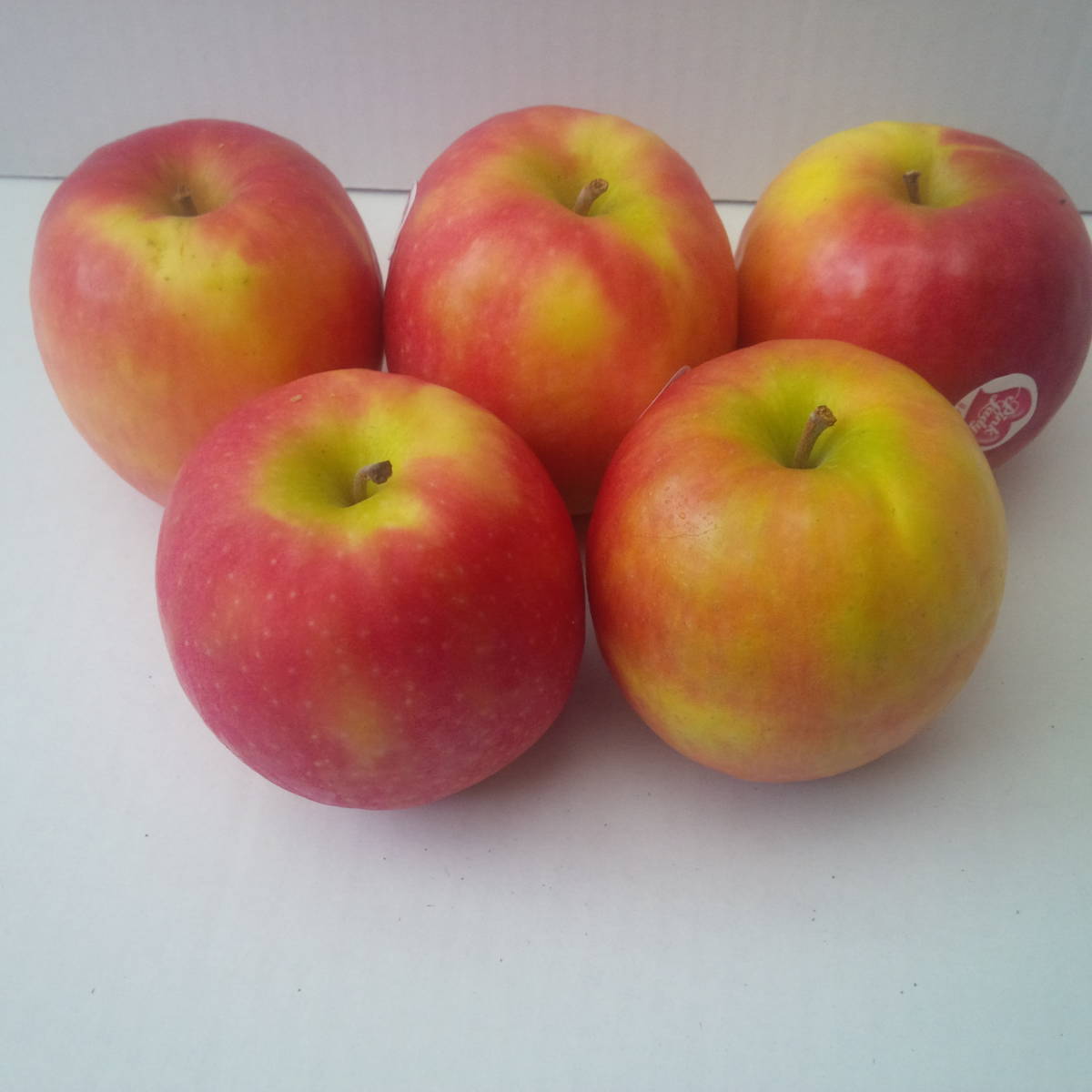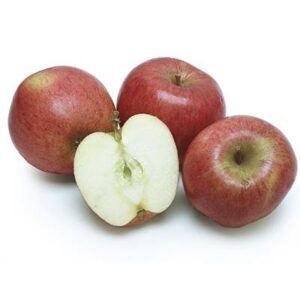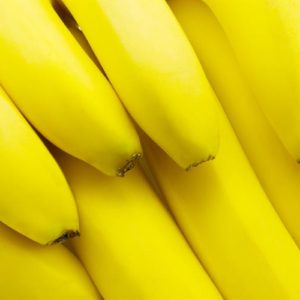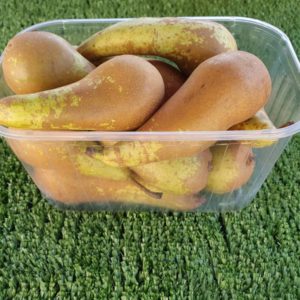Description
Pink Lady Apples are crisp and sweet with a “slight fizz”. They are a slow maturing, sun-loving variety with apples needing a full 120 days of dedicated care to perfect the unique pink blushed skin colour and distinct sweet flavour. Pink Lady apples are a cross between Golden Delicious and Lady Williams varieties, developed in the 1970s in Western Australia. Produced by our specially selected growers from countries and regions around the world. Countries of origin change throughout the year with seasonality, including Argentina, Chile, France, Italy, New Zealand, South Africa and USA. Good quality is essential. Love life – 1 of your 5 a day = 1 apple Love life By choosing these products you are improving the nutritional balance of your daily diet. Eating at least 5 portions of fruit and veg a day helps you get the right balance of nutrients.
‘Cripps Pink’ is a cultivar of apple, from which apples meeting quality standards can be sold under the trade mark name Pink Lady. ‘Cripps Pink’ was originally bred by John Cripps at the (then named) Western Australia Department of Agriculture by crossing the Australian apple ‘Lady Williams’ with a ‘Golden Delicious‘ to combine the firm long-storing property of ‘Lady Williams’ with the sweetness and lack of storage scald of ‘Golden Delicious’
In the United Kingdom, the Pink Lady brand has increased in popularity in the 20 years since the first shipment of apples from Australia. In 2012, for the first time, Pink Lady brand apples replaced ‘Granny Smith‘ apples from the number three spot by value in the United Kingdom
Pink Lady brand apples must meet certain trade mark quality specifications. Criteria for the specifications include sugar content, firmness, blemishes and colour. Inspections are regularly performed to ensure both the quality and traceability of the apple from the orchard to the shop.
‘Cripps Pink’ apples are the earliest to blossom (late March/early April in the Northern Hemisphere and late September/early October in the Southern Hemisphere), and some of the last to be harvested (end of October/early November in the Northern Hemisphere and late April/early May for the Southern Hemisphere). It is the significant change in temperature between night and day in the autumn that gives the apples their colouring. However, they must also be well exposed. Therefore, the trees must be carefully pruned and their fruit production well managed.



